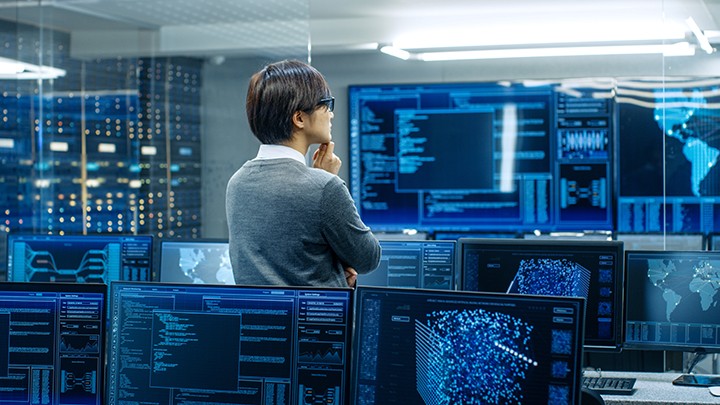Making cities safer for everyone
Published: Nov 1, 2018
Author: John Muhlner
It's 2 AM. Bars are closing down. Crowds of people flood out into the streets. An anonymous 911 call comes in reporting shots fired. A few minutes later, squad cars are dispatched to the caller's location. Several minutes later, police show up in the general area. However, they don't know where exactly to go. The result – no suspects, no evidence, and no idea of whether citizens are in need of aid.
Gun violence continues to make headlines as debates around how to stop mass shootings and other gun-related crimes are prominent topics in today's society. As a result, law enforcement, city managers and first responders are actively looking for innovative ways to react, respond and assure a safe environment for their citizens.
One of the biggest challenges is pinpointing where gunshots are fired. Often, when someone calls the police to report shots fired, responders are given very little eyewitness information and usually only a general area of the gunshot incident. Once police arrive on the scene, there is little evidence to go on and a lot of area to search.
Technology can help solve this problem. In fact, many cities across the globe are turning to a new gunshot detection solution like the one deployed by Verizon in partnership with ShotSpotter. This solution leverages a city's existing streetlights to deploy newly developed acoustic sensors.
Here's how it works: acoustic sensors are strategically placed in a coverage area. When a gun is fired, the audio sensors detect the sonic event and the solution triangulates the location of the incident to within 30 yards. When the ShotSpotter sensors determine an audio incident is a gunshot, it identifies the location, determines the number of shots and captures the audio clip; this information is rapidly communicated to law enforcement so they can respond quickly and safely given the enhanced situational awareness.
This integrated solution - which includes audio sensors, city hubs that run the detection software, a back end cloud platform and user applications - allows cities to efficiently deploy this new technology across the city to help increase overall public safety.
Having this kind of precise information helps law enforcement respond more effectively to the correct area and talk to those in the immediate vicinity about their safety. This proactive outreach, in turn, helps increase public confidence in police.
Law enforcement can also use the information gathered by the system to create accurate forensic reports to support criminal investigations, expert court testimony and improve overall service. And, more accurate information can help facilitate better communication across agencies and improve situational awareness and resource coordination. Ultimately, arming first responders with key incident details ensures they're responding appropriately and making the most informed decisions possible.
Municipalities that are interested in gaining a deeper insight into gun violence in their cities now have the ability to respond faster when incidents occur and collect valuable evidence to help apprehend criminals. By using existing lighting infrastructure, it's easy to add gunshot detection across urban areas, something that can benefit all citizens.
It's 2 AM. Bars are closing down. Crowds of people flood out into the streets. Shots are fired and quickly identified by a gunshot detection system. Now, even before a 911 call comes in, the police have been dispatched with details of the shots - such as location, number of shots, direction of travel, and in some cases, the type of weapon. Within a few short minutes, officers converge on the precise location, providing them with the ability to speak with eyewitnesses, determine whether citizens need help, collect valuable evidence and, most importantly, save lives.
It's an easy technology to implement; and when it comes to helping reduce crime and saving lives, worth it.
John Muhlner is Head of Product Marketing, Verizon Smart Communities.
